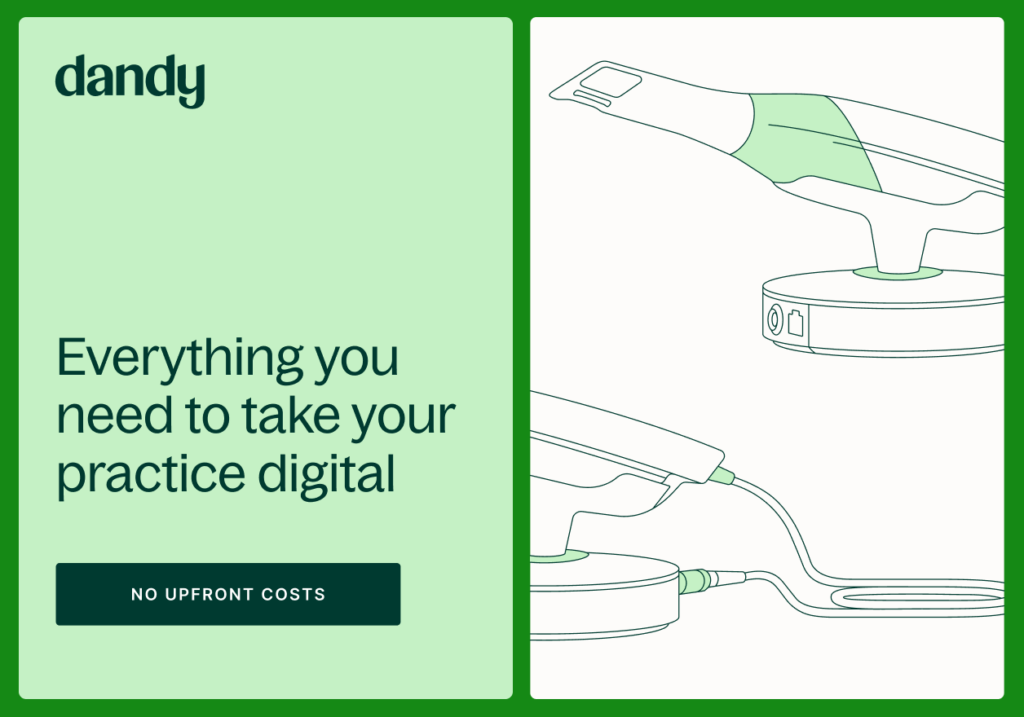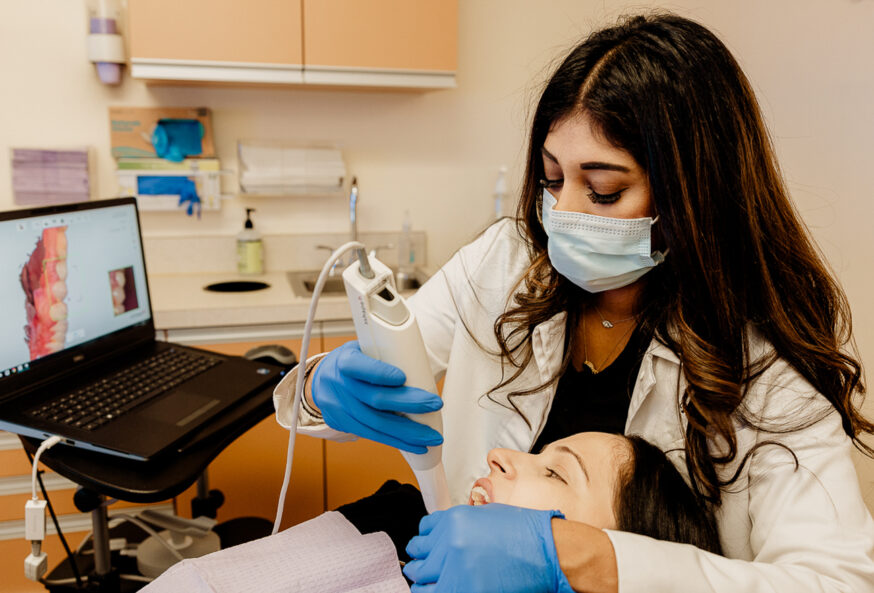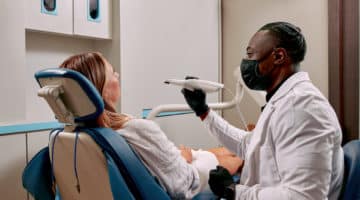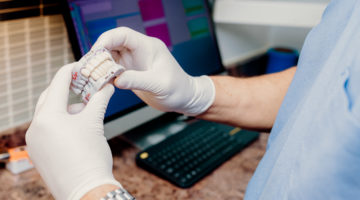Dental impressions are a cornerstone of cosmetic dentistry, enabling practitioners to gain detailed insights into their patients’ mouths. The procedure is integral for providing restorations like crowns, retainers, dental implants, and other oral prostheses patients rely on to improve their oral health.
But while these devices can significantly improve patient outcomes in the long term, casting the traditional types of dental impressions is seldom a pleasant experience in the chair. Patients with low pain thresholds or sensitive gag reflexes routinely reject the implements used to take traditional impressions.
Fortunately, there are alternatives to conventional dental impressions—and dentists can only enhance precision, efficiency, and patient comfort by embracing them. Not only do digital dental impressions improve existing dentistry techniques, but they usher in a host of workflow benefits both on the chair and off.
Traditional Dental Impression Workflow
For decades, dental practitioners have relied on traditional dental impressions to obtain molds of their patients’ mouths. The traditional impression workflow typically demands the following steps:
- Preparing impression materials like alginates or polyether vinyl silicones
- Choosing an appropriate dental tray to fit the patient’s mouth
- Administering the impression material to the dental tray
- Inserting the tray into the patient’s mouth and applying pressure (which can be uncomfortable or lead to gagging)
- Waiting until the putty hardens
- Completely removing the dental tray and putty from the patient’s mouth
- Asking the patient to rinse out their mouth
- Sending the mold to the dental lab, which can take days or weeks
- Waiting for the dental lab to physically mail back the mold to the clinic
Manually performed, this process can be time-intensive, resource-intensive, and subject to plenty of human error. Moreover, it also involves a high degree of technical skill and bedside manner to get it right—and, in many cases, the patient has to be called in to retrieve a secondary impression.
Drawbacks of the Traditional Impression Process
Dental practitioners know that while traditional dental impressions have been essential to their profession, they come with a suite of frustrations and downsides.
The most common complaints about traditional impressions are:
- They’re time-consuming to take – Some patients may want to know how long dental impressions take: For most dental professionals, traditional dental impressions can take up to 15 minutes of chair time per patient—and that’s only if all goes according to plan. When first impressions don’t turn out, they may need to be taken several times over until an accurate mold has been retrieved.
- They’re time-consuming to ship – Not only can impression appointments absorb a lot of valuable time, but so can the shipping process. Traditional impressions must be mailed to the dental lab, which typically takes several business days. After that, laboratory workflows often take several more weeks, which means your patient will have to wait that much longer to receive proper prosthetic dental care.
- They’re uncomfortable for patients – Many patients forestall or completely avoid going to the dentist because of the physical discomfort they anticipate. The pinching, potential for gagging, taste of the dreaded impression gel, and smell of traditional dental tools are nearly universally regarded as highly unpleasant.
- They’re error-prone – Taking dental impressions doesn’t always go smoothly. Not only is it difficult to place (and keep) impression trays in a patient’s mouth, but removing them can be equally tricky. Any technical missteps could result in impression inaccuracies, leading to return appointments or ill-fitting restorations. And while rare, poorly administered manual impressions can remove teeth that are loose or in poor condition.
- They’re costly – From dental trays to impression materials, traditional impressions can deflate your practice’s budget unnecessarily.
Dental professionals are accustomed to putting up with the imperfections and convoluted workflows that come with conventional dental impression methods. But with cutting-edge developments in tech, many are cutting their teeth on new, digital impression techniques to streamline their practice and bolster patient care.
Digital Dental Impressions: A No-Gag, Pro-Comfort Alternative
So, what are digital impressions? Digital impressions are an alternative to dental impressions and rely on intelligent processing and computerized scanners to render a precise model of patients’ mouths. But how does it work?
To retrieve an impression, dentists scan their patient’s teeth using an intraoral scanner—a handheld wand that’s easy to use. The scanner accurately measures and compiles data from your patient’s teeth and gums, then renders them on a monitor to display a complete 3D digital scan of their mouth.
When comparing digital impressions vs traditional impressions, digital impression scans can be taken in a matter of minutes—and as soon as they’re complete, they’re sent electronically to your dental lab so they can begin creating your patient’s restorations.
Benefits of Digital Impressions
Digital impressions eliminate many of the steps required to perform traditional impressions, so it’s no surprise the majority of dental practitioners say that they prefer digital impressions over traditional techniques.
What’s more, they also offer their own set of advantages:
- Enhancing patient comfort and overall care
- Saving time during impression appointments
- Streamlining office workflows
- Generating higher-accuracy impressions
- Reducing frequency of dental restoration adjustments
- Eliminating costs of conventional impression materials and shipping
- Lowering the likelihood of pulling out patients’ teeth
- Reducing material and financial waste
Meet Dandy: Dental Impressions Made Comfortable
Whether you’re fitting for digital dentures or performing root canals, unnecessarily arduous workflows can be a headache for professionals—but not one you (or your patients) have to put up with.
Dandy’s suite of digital impression tools and software is helping practices around the country upgrade everything from patient comfort to office systems. Simplify your process, save on expenses, and spare your patients the headaches (and the toothaches) by going digital with Dandy today.
Sources:
NIH. The Historical Evolution of Dental Impression Materials.
https://pubmed.ncbi.nlm.nih.gov/28777510/
Cleveland Clinic. Dental Impressions.
https://my.clevelandclinic.org/health/diagnostics/22671-dental-impressions
Science Direct. A clinical study comparing digital scanning and conventional impression making for implant-supported prostheses: A crossover clinical trial.
https://www.sciencedirect.com/science/article/abs/pii/S0022391321000287



